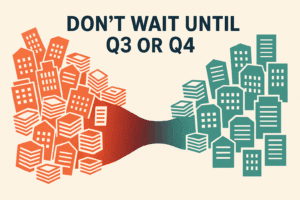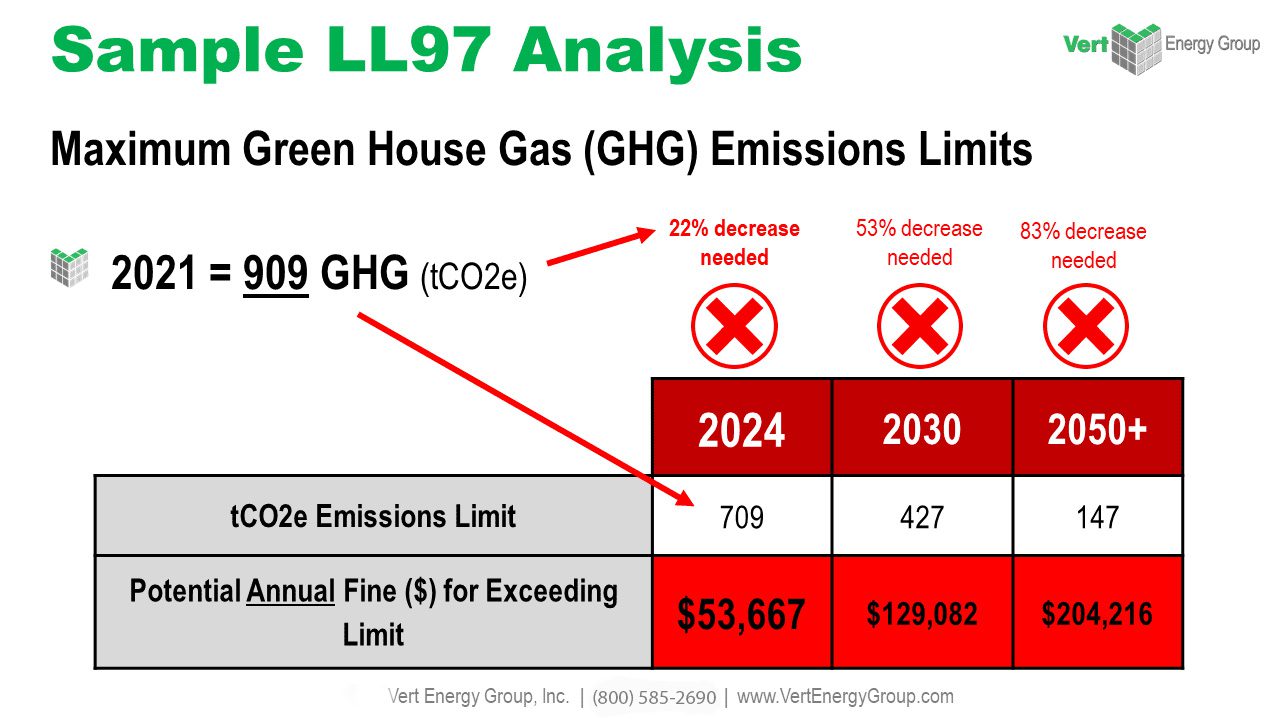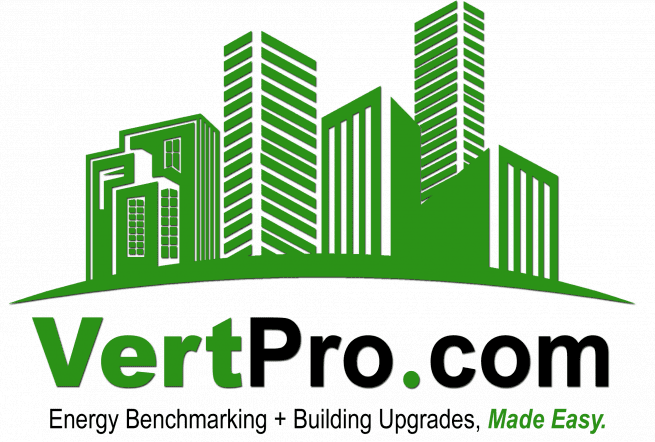In the contemporary landscape of environmental conservation and energy efficiency, the significance of adhering to benchmarking laws has become increasingly paramount for businesses and property managers. As we delve deeper into the year 2025, the integration of sustainable building practices and the adoption of advanced technologies are not merely optional but often mandated by regulatory bodies. This guide provides an exhaustive analysis of benchmarking laws, the crucial role of compliance management systems, and the impact of sustainable practices and technologies on building energy management.
Understanding Benchmarking Laws

Benchmarking laws serve as regulatory frameworks that necessitate the annual measurement and reporting of a building’s energy and water usage to governmental authorities. This process is vital for identifying potential areas for energy conservation and for implementing more efficient operational strategies. As of 2025, these laws have been widely adopted across numerous cities and states in the U.S., as well as in several countries around the world, with the primary aim of reducing carbon emissions and promoting sustainable development.
The essence of benchmarking laws lies in their ability to provide measurable, actionable data that can be used to benchmark a building’s performance against its peers. This data-driven approach not only fosters a competitive environment among property owners to improve their energy efficiency but also helps in setting realistic, achievable targets for energy conservation.
For a more detailed understanding of current benchmarking laws and their applications across different regions, the U.S. Department of Energy’s Building Energy Use Benchmarking webpage is an excellent resource. It offers a comprehensive overview of how these laws influence building energy management strategies.
Compliance Management Systems
Effective compliance with benchmarking laws is facilitated through the use of sophisticated compliance management systems (CMS). These digital platforms assist businesses and property managers in accurately tracking, managing, and reporting the necessary data with greater efficiency. A robust CMS is indispensable not only for ensuring compliance but also for streamlining the process, reducing the likelihood of errors, and minimizing the administrative burden associated with manual data management.
One of the premier examples of such a system is the ENERGY STAR Portfolio Manager, which is extensively used for managing building energy performance data in compliance with benchmarking regulations. This tool provides a user-friendly interface and a suite of features that enable property managers to track and analyze energy and water consumption comprehensively.
Sustainable Building Practices
At the core of modern construction and renovation projects are sustainable building practices. These practices are designed to minimize environmental footprints by enhancing the efficiency and sustainability of building operations. In 2025, the integration of these practices into the fabric of architectural and operational strategies is often mandated by law.
Sustainable building practices encompass a variety of approaches:
– Utilization of Renewable Energy: The adoption of solar panels, wind turbines, and other renewable energy sources dramatically reduces a building’s reliance on non-renewable energy.
– Improving Insulation: High-quality insulation helps in significantly reducing the energy required for heating and cooling, thereby enhancing energy efficiency.
– Installation of Green Roofs: These not only beautify the building but also provide excellent insulation, reduce stormwater runoff, and help in maintaining biodiversity.
For those interested in integrating these practices, the U.S. Green Building Council’s guidelines on sustainable building provide extensive insights and methodologies, helping stakeholders understand and implement these practices effectively.
Building Energy Management
Building energy management is a critical aspect of operational strategy that aims at reducing energy use while maintaining optimal functionality and comfort. The process involves continuous monitoring, analysis, and enhancement of energy consumption practices within buildings. In 2025, the role of smart building technologies in energy management has become more pronounced than ever.
These technologies include:
– Smart Thermostats: These devices automatically adjust the heating and cooling based on real-time environmental data and occupancy, leading to significant energy savings.
– Energy Management Systems (EMS): These systems offer centralized control and real-time monitoring of energy consumption, allowing for immediate adjustments and long-term energy planning.
– IoT Sensors: Deployed throughout a building, these sensors provide critical data on various parameters, such as temperature, humidity, and occupancy, facilitating dynamic optimization of energy usage.
For those looking to stay abreast of the latest in building technology, resources like Smart Energy International offer valuable insights into emerging trends and technologies that can enhance building energy efficiency.
Building Energy Rating Systems

Building energy rating systems are essential tools for assessing a building’s energy efficiency. These ratings not only help owners understand their building’s performance but also serve as a benchmark for improvements and regulatory compliance. In 2025, such ratings increasingly influence real estate decisions, affecting everything from property values to tenant selection.
The most recognized system in this domain is the ENERGY STAR rating, which provides a straightforward, comparative measure of a building’s energy performance against similar structures. This rating is highly regarded for its accuracy and ease of understanding, making it a preferred choice for many property owners.
Energy Conservation Measures
The implementation of energy conservation measures is pivotal in any strategy aimed at enhancing building energy efficiency. Examples of such measures include retrofitting lighting systems with LEDs, upgrading to energy-efficient windows, and revamping HVAC systems to more modern, efficient models. These interventions are designed to reduce energy consumption while maintaining or improving the usability and comfort of the building.
In conclusion, as we navigate through 2025, the importance of understanding and implementing benchmarking laws continues to grow for stakeholders in the real estate sector. The integration of sustainable building practices, coupled with advanced building energy management systems and smart technologies, is not merely a regulatory requirement but a strategic approach that can lead to substantial cost savings and enhanced property values. By staying informed and proactive, stakeholders can effectively navigate the complexities of these regulations and contribute positively to broader environmental sustainability goals.
VertPro.com offers tools and services to help property owners and managers improve building energy efficiency and meet regulatory standards. Whether you’re looking for instant pricing on energy audits, need support with benchmark compliance, or want to explore available building upgrade options, VertPro® provides user-friendly technology solutions to simplify the process. Their platform helps ensure adherence to over 60 Energy Benchmarking and Efficiency Laws across the country.
For those looking to improve their property’s energy usage and operational value, VertPro.com provides a diverse array of tools and information. The site aims to facilitate a better understanding of energy efficiency practices and legislation, helping building owners and property managers make informed decisions about their energy strategies while complying with all energy ordinances and laws.















